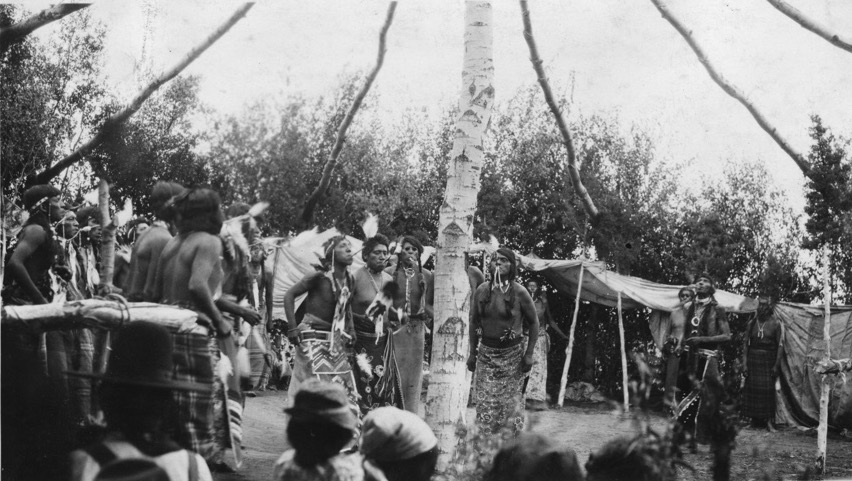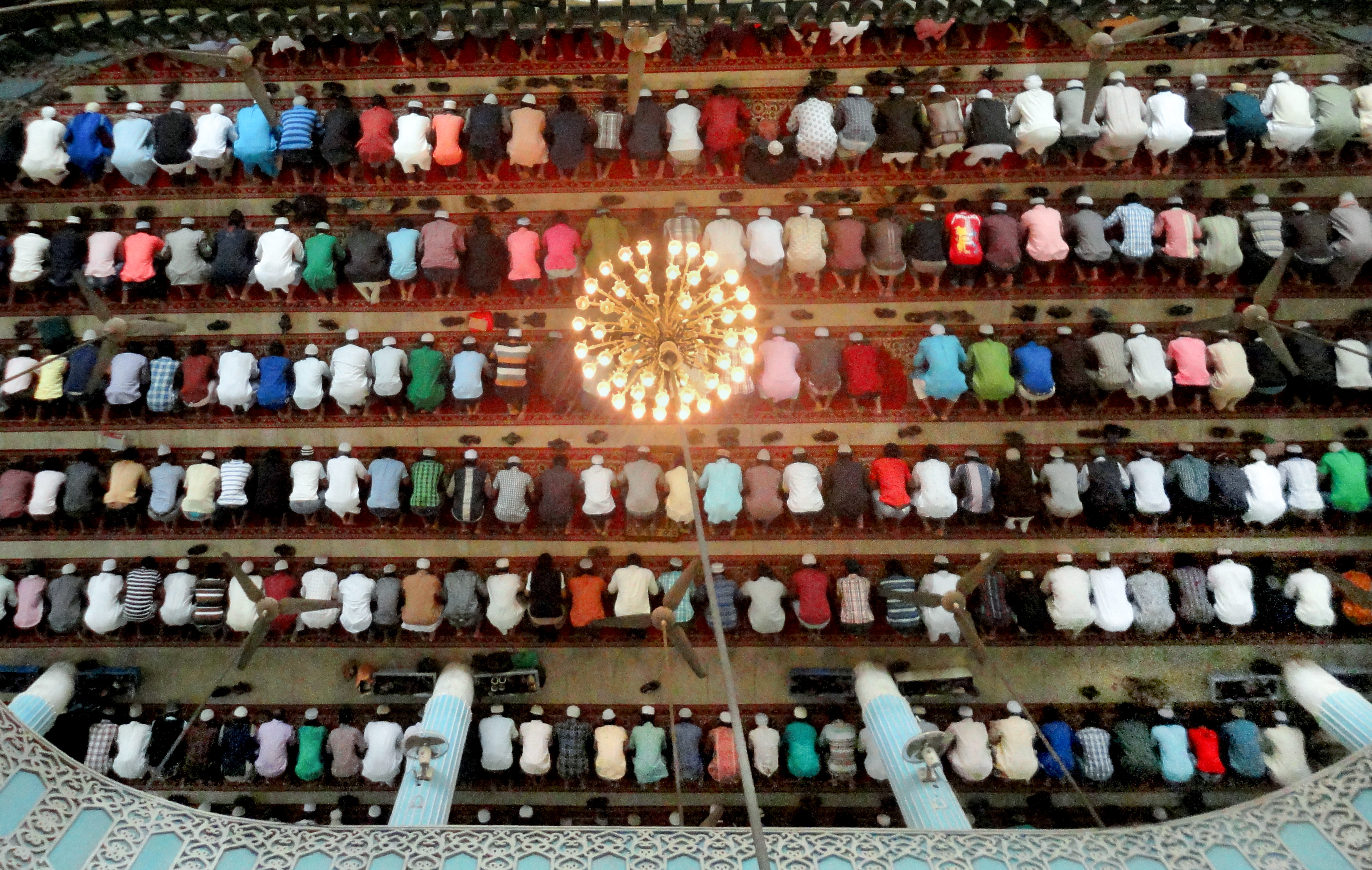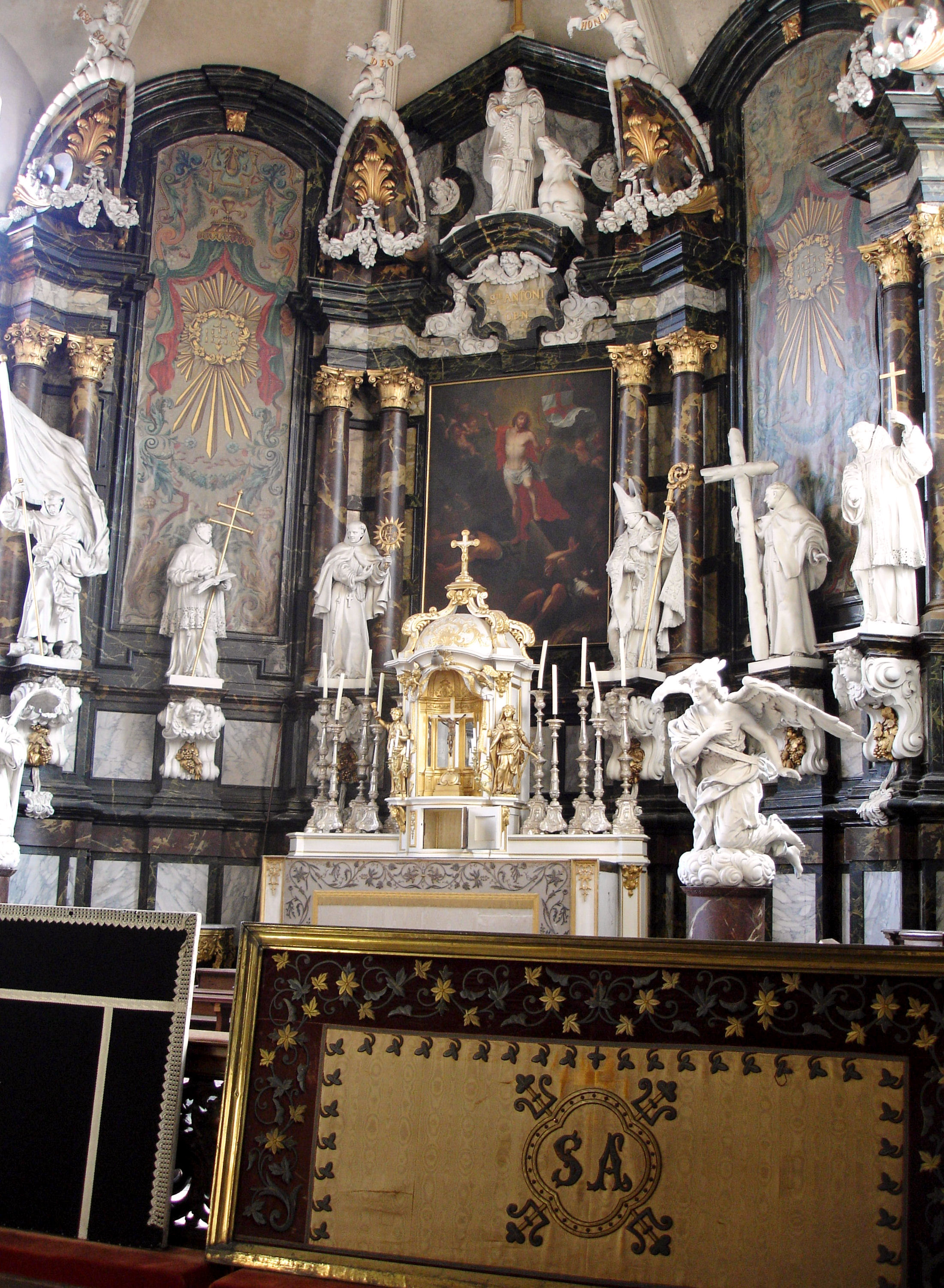1. Comparative religion (or phenomenology of religion)
Concepts and classifications
The combination and importance of historical and comparative approaches and methods means that the study of religions may also be called history of religions or comparative religion. On the one hand, the religions are very different from each other, each of them originating, developing and formed in a special historical (and thus also social and political and economical) context. On the other hand, there are recurring cross-cultural and cross-historical features that may be detected when religions past and present and religions across the world, big or small, are compared. There are thus several good reasons for studying such features systematically and comparatively. Some of the important concepts and classification are mentioned here:
1. Myth : A class of narratives that may be expressed orally, in writing, in photos, and in rituals
2. Rituals : A class of actions that may be combined in for instance a regular and repeated kind of worship or a class of actions that are performed as individual rituals, such as:
- Seasonal rituals and festivals: religious festivals and simple rituals related to the change of seasons, important for agriculture and animal husbandry and the societies linked to it; renewal of time, people, social order, and the relationship with the divine being(s), such as celebrations of New Year, Pesach, and Ramadan.
- Crisis Rituals: cults and rituals linked to crises (acute or recurrent), such as illness, failure of fishing, or drought.
- Rites of passage and initiation that dramatize the passage through sacred time and sacred places, such as the transition from child to adult, from unmarried to married, from life to death or from an ordinary person to a religious specialist.
- Collective and private rituals, i.e. rituals performed with others and perhaps for the common good, and rituals performed by the individual, perhaps for the good of the person or his/her family.
3. Sacred or religious sites and buildings that may also be called places of worship, because collective rituals and common worship is performed there at regular intervals. The worshippers may perceive them as and/or make them into holy or sacred places.
4. The Sacred
In principle, there is no limit to what can be considered and treated as “sacred” in the religions of the world past and present.
Natural phenomena, certain human beings, certain human activities, certain times, places and writings can be perceived of and treated as “sacred” and thus get a special status compared to what is not sacred, i.e. the “profane” (from Latin “pro-fanum” “in front of the temple/shrine").
The classical phenomenology of religion saw “the sacred” as the basis of all religion, but just like “religion”, the “sacred” does not owe its existence to itself, so to speak.
Someone sees something as sacred or makes something sacred - and thus an object of respect and a source of authority.
This usually happens in one of two ways or a combination of the two:
- In discourse/speech : for example in myths where, above all, the narrative gives status and authority to places, people, rules, books, communities and institutions.
- In practice: for instance through rituals. By observing commands and prohibitions, people can show and maintain that something is or should be sacred
The text is a rewrite of an English draft version of an introduction to Horisont - a textbook for the Danish upper-secondary school RE, edited by Associate Professors Annika Hvithamar and Tim Jensen, and Upper-Secondary School teachers Allan Ahle and Lene Niebuhr, published by Gyldendal, Copenhagen 2013. The original introduction was written by Annika Hvithamar and Tim Jensen based on contributions from J. Podemann Sørensen.
Ritualized Sundance

U.S. National Archives and Records Administration
Public Domain
Retrieved at
http://it.wikipedia.org/wiki/Danza_del_sole#/media/File:Fort_Hall_Reservation._Shoshone_Indian_Sun_Dance_-_NARA_-_298649.tif
Muslim prayer

CC BY-SA 2.0
Retrieved at
http://commons.wikimedia.org/wiki/Category:Salat#/media/File:Muslims_praying_in_a_Masque_in_Bangladesh.jpg
Altar

CC BY 2.5
Retrieved at
http://commons.wikimedia.org/wiki/Altar?uselang=it#/media/File:Hoogaltaar_Kapel.jpg






